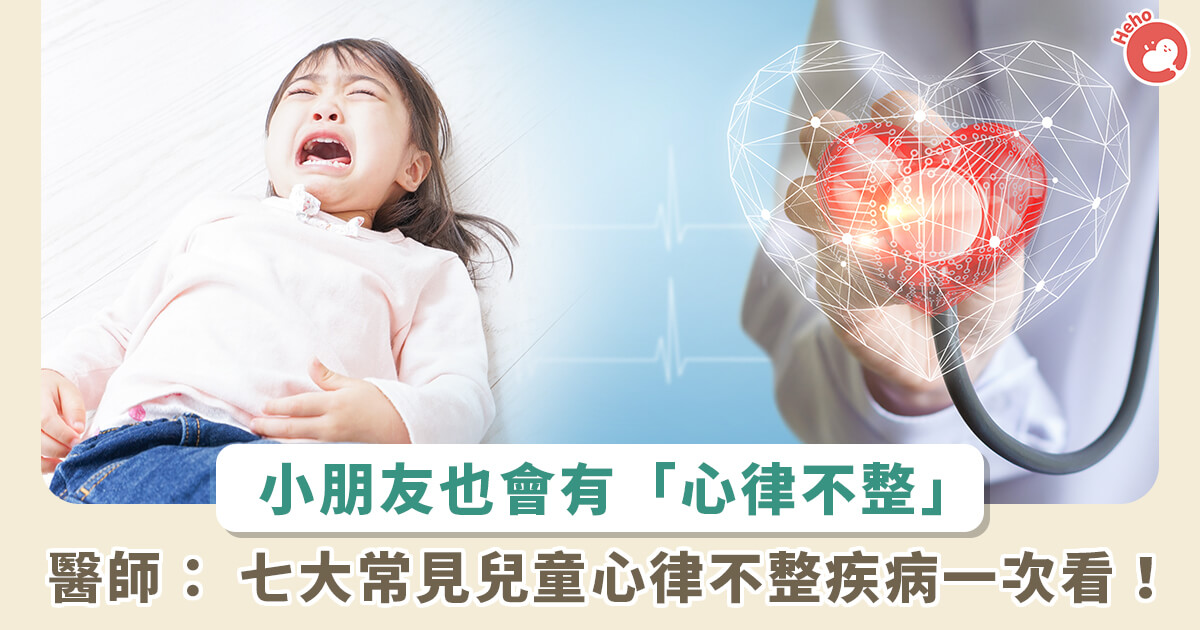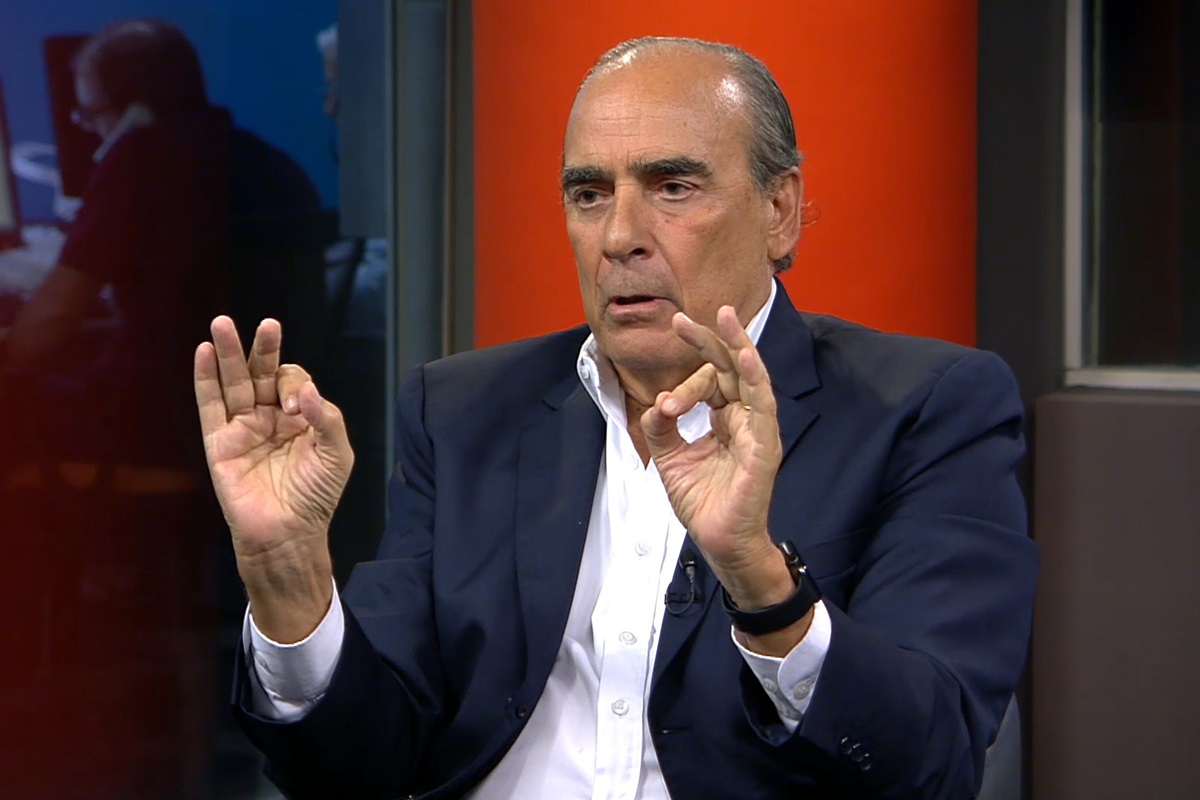In addition to adults, “arrhythmia” can also occur in children, sometimes even in newborns or infants. A pediatric cardiologist explains 7 common childhood arrhythmia diseases in this article, allowing parents to understand them all at once.
Chen Yongquan, the attending pediatrician at Cathay General Hospital, said that when parents are told that their children have arrhythmia, they will definitely be very worried. However, arrhythmia is a general term. If there is irregular heartbeat, too fast heartbeat (frequent pulse), or too slow heartbeat (brady pulse), it is called “arrhythmia”.
Some benign arrhythmias can be simple, asymptomatic and do not require treatment; but some serious arrhythmias are potentially fatal and require increased vigilance and active monitoring and treatment.
Advertisement – Please continue reading if the text is not finished.
Arrhythmias in children are different from those in adults
Generally speaking, the incidence of arrhythmias in children is lower than in adults, and the types of arrhythmias that occur in children are also different from those in adults. Common cardiac arrhythmias in children include:
1. Sinus arrhythmia
If you find that your heartbeat becomes slightly faster and slower with breathing, this is because the human body’s autonomic nervous system controls both the heart and lungs. Therefore, this is a normal physiological phenomenon that has no symptoms and does not require treatment.
2. Early atrial contraction
A common arrhythmia in children usually has no symptoms, so it is often discovered during auscultation or health examination. Early atrial contractions that occur infrequently will not reduce the contractility of the heart, so the growth, development and mobility of children will not be affected. Regular outpatient follow-up can be arranged.
3. Early ventricular contraction
It is also a form of arrhythmia that is occasionally discovered during children’s health screening. It may be asymptomatic. However, children with early ventricular contraction need further evaluation of the heart, such as cardiac ultrasound, 24-hour Hotter electrocardiogram, and even an exercise electrocardiogram.
If there are no abnormalities in the structure and function of the heart, the frequency of early ventricular contractions is not high, and there is a single type of ECG pattern, and early ventricular contractions will decrease or disappear during exercise, the prognosis of such children is relatively good, and outpatient tracking is usually enough.
On the other hand, if a patient is found to have structural or functional abnormalities in the heart, the heart problem needs to be dealt with. For children who have symptoms or occur too frequently, consider using drugs or cardiac catheterization intervention.
4. Supraventricular tachycardia
The most common cardiac arrhythmia in children that requires a trip to the emergency room is paroxysmal supraventricular pulsation. Children usually experience discomfort such as chest tightness, palpitations, low energy, or dizziness. The age of onset is usually within 1 year of age or between 7 and 8 years old. After years. The most common reason is that there is an additional secondary conduction path in the atrium and ventricle. Occasionally, continuous loop conduction between the atrium and ventricle occurs, causing the heart to beat rapidly up to about 200 beats per minute. At this time, vagus nerve stimulation (such as ice water bag application) is used. Face) or taking drugs may interrupt the circuit. If the upper ventricular pulse cannot be stopped, you need to seek medical treatment to relieve it.
During the electrocardiogram screening of school children, some children will find traces of accessory conduction paths in the electrocardiogram, which is called WPW (Wolff-Parkinson-White syndrome) phenomenon. If frequent and recurring pulses often cause problems in children’s lives, cardiac catheter cautery or cryoablation can be considered to solve the accessory conduction path, which is a procedure with a high success rate. For children or adolescents with asymptomatic WPW, a pediatric cardiac electrophysiologist can evaluate the pros and cons of cardiac catheterization.
5. Ventricular tachycardia
It is not common in children. It usually occurs in children with cardiac structural abnormalities, myocarditis or open heart surgery. The symptoms may be severe and even manifest as shock. Occasionally, children with normal heart structures may develop ventricular pulsations.
6. Bradycardia
This is a condition in which the heartbeat is too slow. Children with symptoms may become weak, pale, or even faint in severe cases. The cause may be an abnormality in the sinoatrial node, the starting point of the heart rhythm, or an abnormality in the atrioventricular node, the relay point where the heart rhythm is conducted. Abnormal conduction of the atrioventricular node may be congenital. Usually, the mother has an autoimmune problem. The antibodies produced attack the atrioventricular node of the fetal heart through the placenta, causing abnormal conduction. In severe cases, the fetus may be stillborn or require implantation after birth. Cardiac pacemaker. Acquired atrioventricular node conduction abnormalities may occur due to myocarditis or cardiac surgery. If the injury cannot be recovered, the help of a cardiac pacemaker is also required.
7. Ion channelopathy
In recent years, genetic testing has played an increasingly important role in arrhythmias. Some congenital genetic problems lead to ion channel pathology, which may lead to fatal arrhythmias. “Congenital prolonged QT syndrome” is a good example. As medical progress advances, we will have more and better options for diagnosing and treating arrhythmia.
Text/Photo by Lai Yiling/Yang Shaochu
Ask the Experts:Chen Yongquan, attending physician of pediatrics at Cathay General Hospital
2024-01-08 06:00:00
#careful #childs #heartbeat #fast #slow #irregularGet #common #childhood #arrhythmia #diseases #Heho #ParentChild

